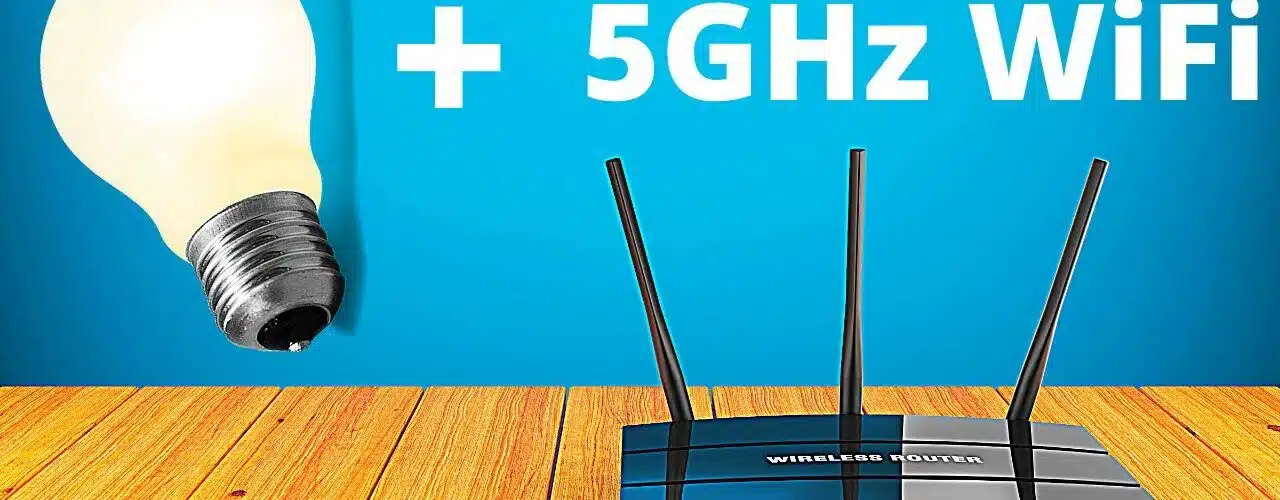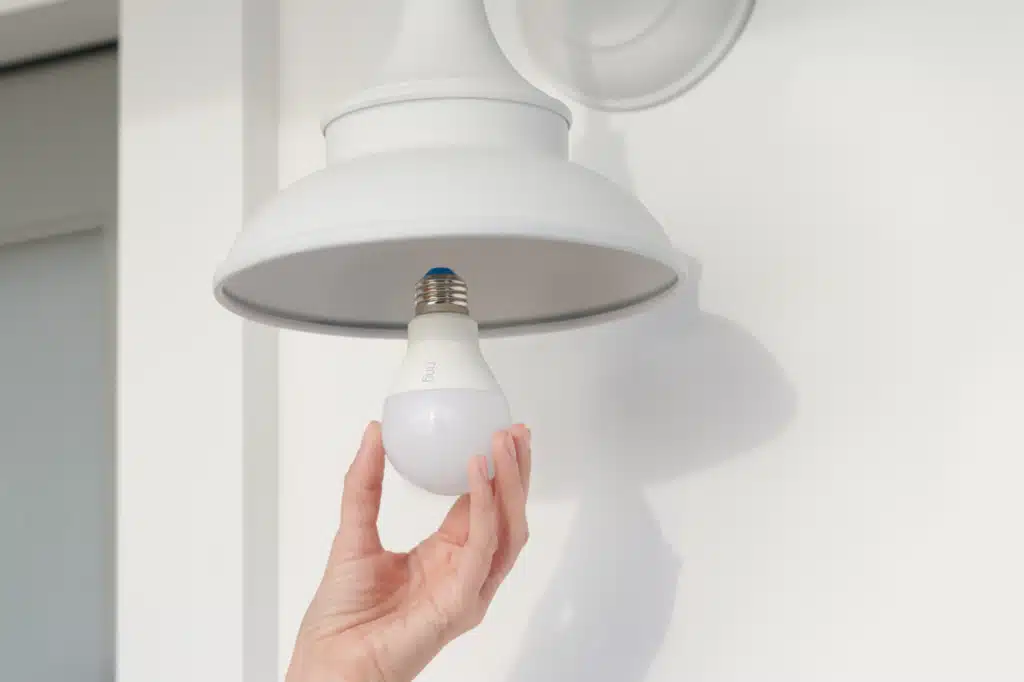Table of Contents
How To Connect Smart Bulb To WiFi?
How To Connect Smart Bulb To WiFi? A smart light to your WiFi, download the app, and create an account if necessary. Screw the bulb into your preferred socket, wait for it to blink three times, and follow the app instructions.
Features Of Connect Smart Bulb To WiFi
- Among the most immediately successful offerings in smart home technology, smart bulbs are internet-capable LEDs that can be controlled via your smartphone and other connected devices. Smart bulbs work with a hub (think of it as the wireless router for your devices) that walks you through the initial setup process, and most require no more fiddling after that.
- Some smart bulbs connect directly to your phone over Bluetooth, so you don’t need a hub. This is helpful, but it also limits some of the remote access and automation features that having a separate connection offers. For example, if you use Philips Hue bulbs, you’ll need a hub such as the Hue Bridge or an Apple HomeKit-compatible device like a smart speaker or TV to control them.
- Other smart bulbs, like those from Feit Electric and LIFX, communicate with your router and the app through a cloud platform. These platforms are operated by the brands of the bulbs, and they facilitate communication between the bulbs and your devices. This lets you turn on a light you forgot to shut off from your office or create a customized lighting scene for movie night.
- To pair your Feit Electric or LIFX smart bulb, open the app and tap “add a new device.” If you’re connecting a single bulb at a time, select Bluetooth mode. If you’re connecting multiple bulbs at once, select EZ Mode. If your bulb doesn’t respond to either of these modes, try AP Mode. Once your bulbs are connected to the app, you can use the app to adjust their settings and create a schedule.
Power supply
The power supply is the electrical component that supplies electricity to your smart light bulb. It’s usually located in the base of the bulb. Some smart bulbs don’t need a separate power supply, while others do. To use a smart light, the power supply needs to be plugged into an outlet and connected to your Wi-Fi router. Some smart bulbs also come with a separate hub that acts as a bridge to your home’s network.
Smart light bulbs are a simple way to transform your standard home lighting into smart, automated lights. They connect to your Wifi network and can be controlled via a mobile app or a voice assistant like Alexa or Google Assistant. You’ll need a smartphone running Apple’s iOS 9.0 or later, Android OS 4.4 or later, and a compatible smart device.
Some smart bulbs don’t require a hub, but this may compromise their functionality. You can still control them remotely, but you may miss out on some of the features that a hub offers, like remote access and integration with other devices.
Once you have your smart light bulb, remove the existing incandescent bulbs and screw in the new ones. Open the app affiliated with your bulb and follow the on-screen instructions. During the setup process, you will be asked to connect your smartphone to your 2.4GHz Wi-Fi network. You can also choose to connect the bulb through Bluetooth. After the app connects, wait for the bulb to blink three times and follow the app’s instructions.
Hub
Most smart bulbs require a hub to connect to the internet and your home wireless network. This hub can be a physical device that plugs into your router or a component of another product like a smart speaker or display. Some bulbs can work without a hub, but they may not be compatible with all voice assistants or other smart home devices.
Once you’ve decided on a brand and model, look for a bulb that’s compatible with your other smart tech. You’ll want to make sure that it works with the smart assistant or other device you use most often, and that it’s compatible with your Wi-Fi network. Also, pay attention to the design and size of the bulb: Some models are designed to fit into standard light sockets while others are a bit larger.
If you’re new to the world of smart lighting, it’s a good idea to start with a basic model. These bulbs are affordable and easy to set up. They can also be programmed to turn on and off based on your schedule automatically. They come in various colors and styles, from traditional A19 and E26 models to sleek puck-sized options.
Bulb
If you want to use your smart bulbs to control music or other sounds. Consider getting an LED bulb that has a built-in audio receiver. These devices will connect to your Wi-Fi network. Can stream audio over the same network as other home devices, such as a smart speaker. This makes it easy to connect to your music streaming services. And will let you control your light using a voice command. They also come in different shapes and sizes to fit your lighting fixtures. Some are larger A19 or PAR30 style options, while others are smaller puck-sized LEDs that work great for lamps.
Some smart light bulbs need a hub or bridge to communicate with your Wi-Fi network. This is because the bulb contains a microcontroller and wireless networking circuitry that needs to be powered. However, many hubs also feature battery backups to keep them running in the event of a power outage.
Start by connecting your smartphone to the same Wi-Fi network as your smart bulb. Then, open the app that comes with the device and follow the app’s prompts to set it up. Once the bulb is connected, it will begin flashing rapidly. Indicating that it’s ready to be paired with the app over your wireless network. After three blinks, you should see the app’s status bar say “Device added” or similar. If this doesn’t happen, try flipping the switch on and off a few times or restarting your phone.
App
Smart bulbs can be controlled using some different methods. Most connect through Wi-Fi, while others use Bluetooth or a hub device. Typically, these devices require a smartphone or tablet to connect. Some devices also work with Alexa or Google Home, which can be used to give voice commands. This can be helpful when you are out of the house or can’t speak, but it may not be ideal for children.
One of the most popular ways to control your smart bulb is with an app on a smartphone or tablet. These apps allow you to set custom on and off schedules and connect your lights with other smart home products. You can also use them to change the color of your lights and add a variety of effects to your lighting. Many smart bulbs even offer rhythm modes that sync with music.
The most important part of the setup process is connecting the smart bulb to your wireless network. You can do this by following the instructions in your app or contacting customer support. Generally, you will need to have your smart device connected to 2.4 GHz WiFi to set up the Smart Bulb.
After installing the app, you can select the smart light from the list of devices and follow the on-screen instructions to link it to your home wireless network. Once it is linked to your home Wi-Fi network, you can control your smart light from anywhere.
Conclusion
Smart bulbs allow you to connect your home lighting to the internet. They work by connecting to a hub or your smartphone via Bluetooth or Wi-Fi. Typically, they will need a special gateway to operate. Some will also need a compatible smart speaker or display.






Add comment